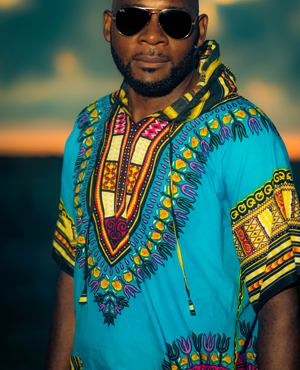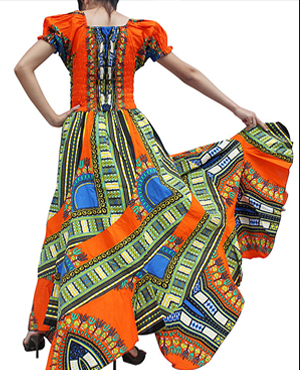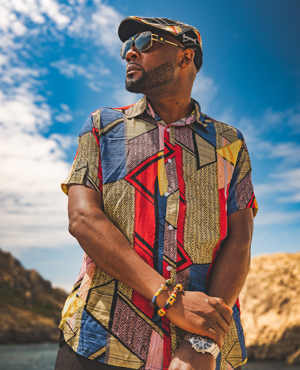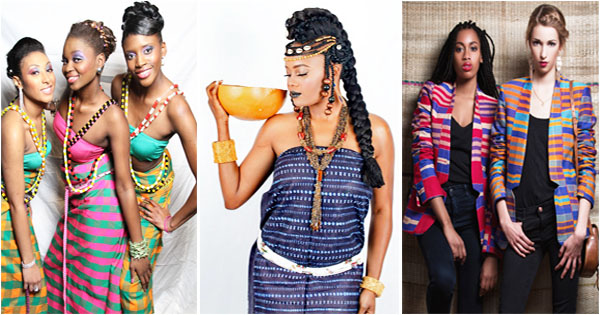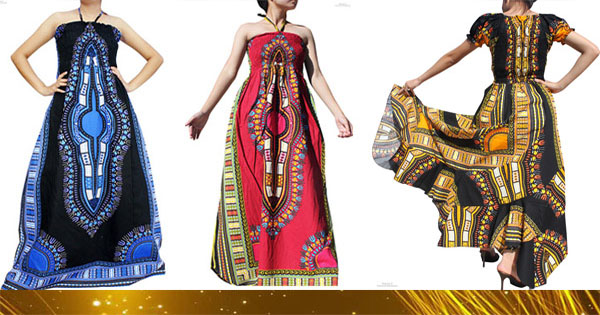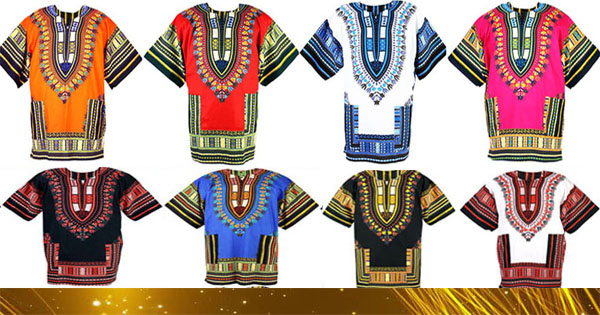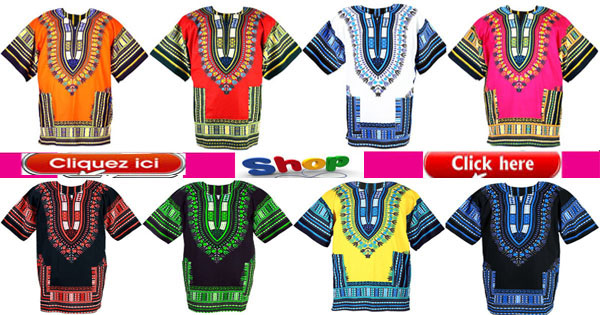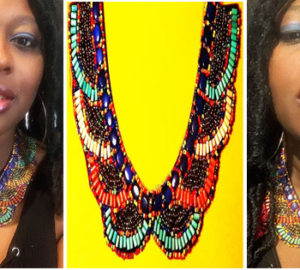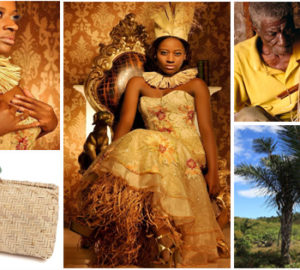
Manjak Fabric: Guinea-Bissau traditional clothing
The ancestral know-how is transmitted from generation to generation. Since the dawn of time, peoples have developed their own cultures and their own dress codes. Manjak people are a dynamic and strong people of about 300,000 inhabitants, which are found all over Africa. Indeed, they are found in Guinea-Bissau (country of origin of the Mandjak), Senegal, Gambia, Ethiopia and Cape Verde. They are excellent craftsmen, who have always practiced the craft of the weaving of cloth.
What is Manjak fabric ?
Manjak fabric is a cotton fabric manufactured manually by a loom. Soft, supple, thick, the loincloth Manjak, also called “Bléénj” is an unequaled beauty. According to legend, it is a spirit that has taught a Manjak man from the village of Kalëkis to weave.
It is worn during the great celebrations, that is to say during a baptism, marriage, birth or funeral. Precisely, men and women tie their own loincloth around their waists.
Originally from different regions, this fabric is not worn in the same way. In addition, colors and patterns vary with age. And, they have their own meanings.
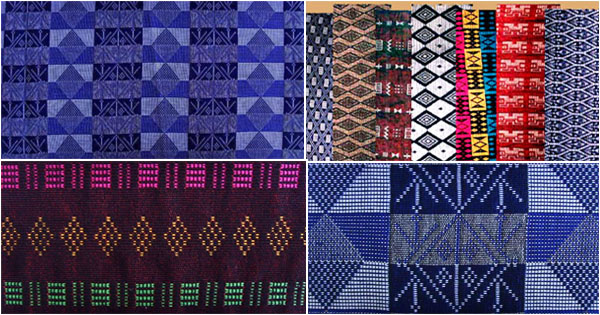
These fabrics have a high symbolic value for the Manjak people. It is a stuff of luxury, true pride and treasure of the family.
How is it made?
To make Manjak fabric, one uses a traditional loom, about twenty meters long. More specifically, cotton is harvested. Then, the weavers, who are men, begin to make the loincloth horizontally. On the other hand, women help men by finishing finishing by hand.
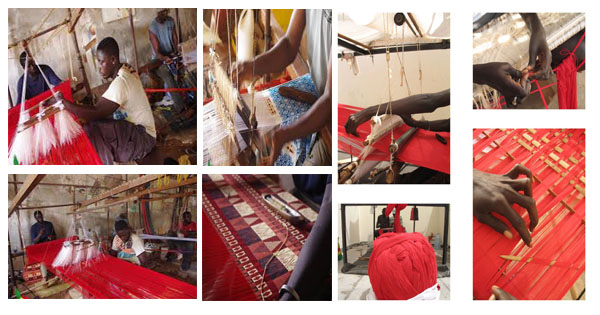
The patterns resemble azulejos, porcelain tiles that are found on the façade in Portugal and Andalusia.
Nowadays
Manjak woven is also used to make clothes in fashion industry (shirts, jackets, pants), but also fabrics for furnishings or curtains. It costs about 40 € for a Manjak cushion cover.
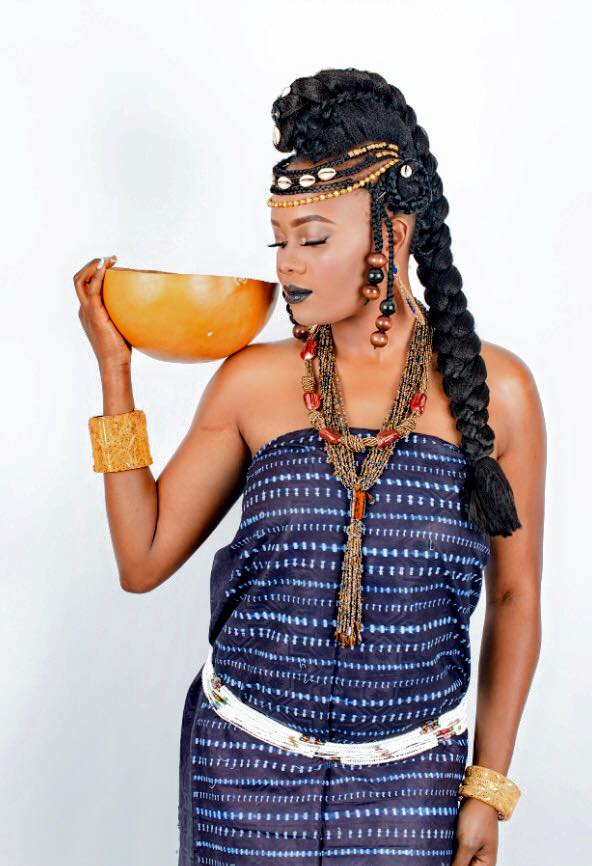

Miss Manjak 2011
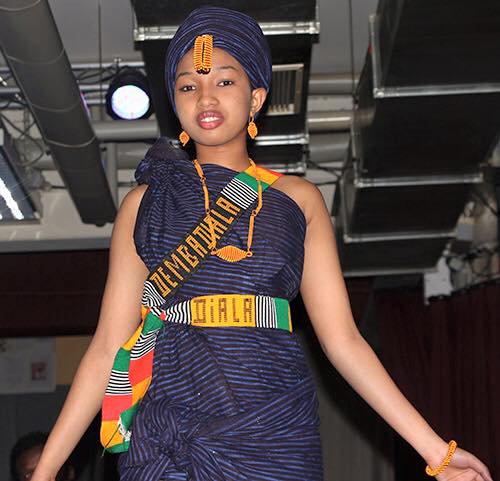
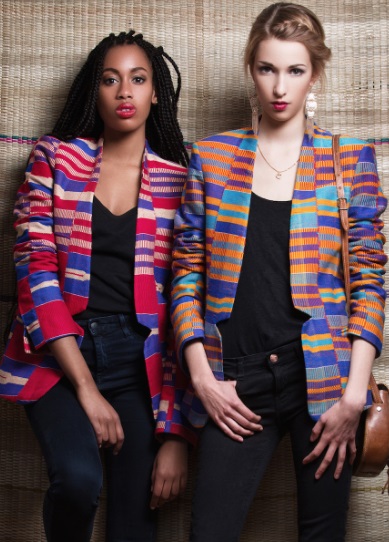

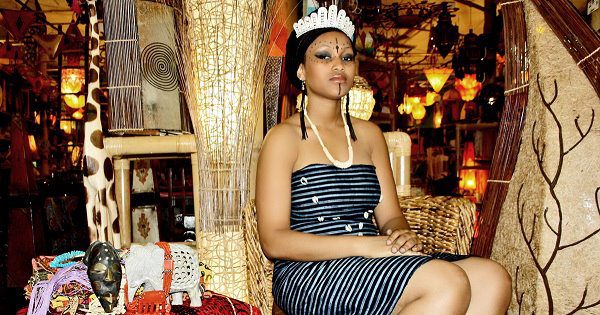
 |
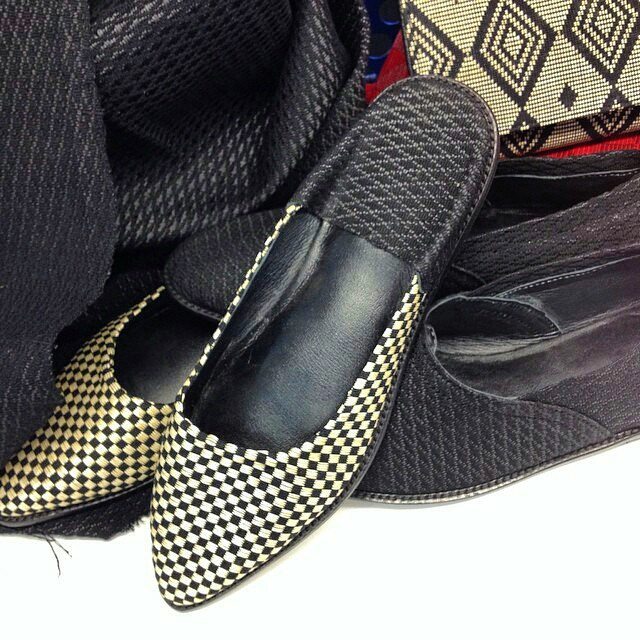 |
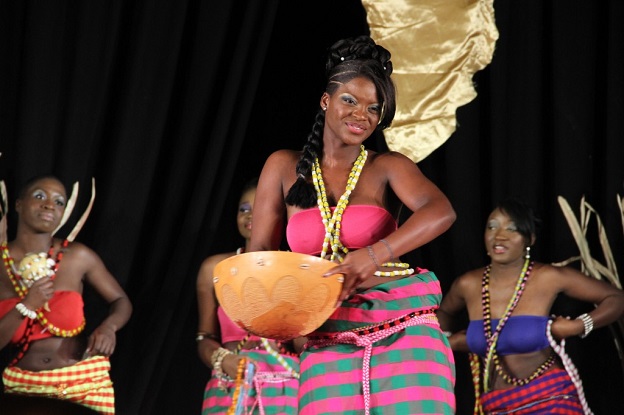
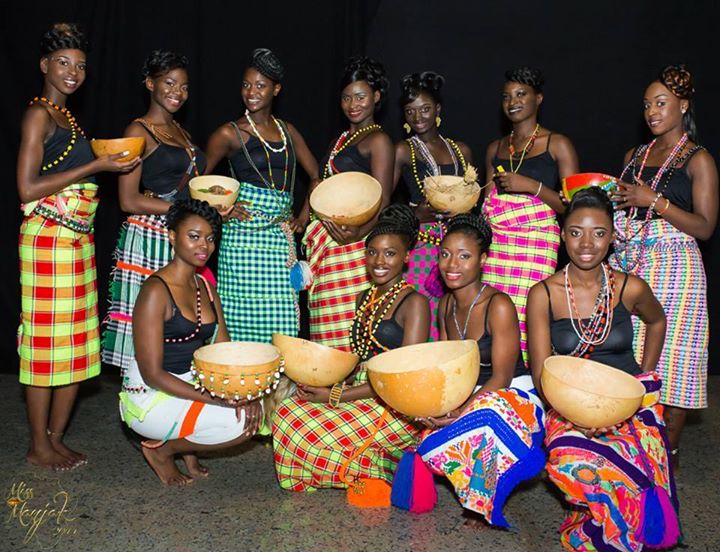
Do you like these clothing?
